
The short Read
At the time of writing, when one compares Kenya and Tanzania to Uganda, in terms of political and economic development, the latter has fallen far back, and even seems to be regressing. I am convinced the problem is fundamental. We suffer from a disease that is widespread and affects all social classes: We are a society that seems to hate correction. Or enough of us do that it has held us back while our neighbours progress. In the words of a wise ancient, we are stupid. Or, to quote it in full:
Whoever loves instruction loves knowledge,
But he who hates correction is stupid – Proverbs 12:1 (NIV)
Our ancient traditions also taught the importance of learning to take correction. Among the Baganda, the adage “Kayemba, nantabulirirwa, yasabala gwabumba” is a reference to the 17th century Kabaka of Buganda who, refusing to heed the advice of his naval captain, tried to cross the lake in a canoe made of clay! Among the southern bakitara, the equivalent takes the form “Tingambirwa akarya erisho rye” – the one who refuses all advice will end up eating his own eye! The northern bakitara have an even more colourful one. “Ojuk kwee, cetto ki cet ii ot pa maro”, loosely translated as: The one who refuses all advice will end up gifting faeces to his/her in-laws!
As I have written before, we are a society that has lived in silos, unable to listen to and learn from each other. The well-schooled generally think it is beneath them to learn from those who are less so. The unschooled generally resent the well-schooled, and would rather grind them into the dust given the chance, than try and engage and learn something. This attribute has extended to the way we treat our neighbours. As one wise sage put it to me, “Ugandan leadership and society has generally looked down its nose at our neighbours, particularly Tanzanians and Rwandese, to our own detriment”. I find this to be true, as I will labour to illustrate in this essay.
The long read
I recently had the privilege of travelling by road through Kenya and Tanzania. The 3000-km road trip was a revelation, the comparisons with my own country Uganda inevitable. I’ll try and distil my general impressions over the next few sections.
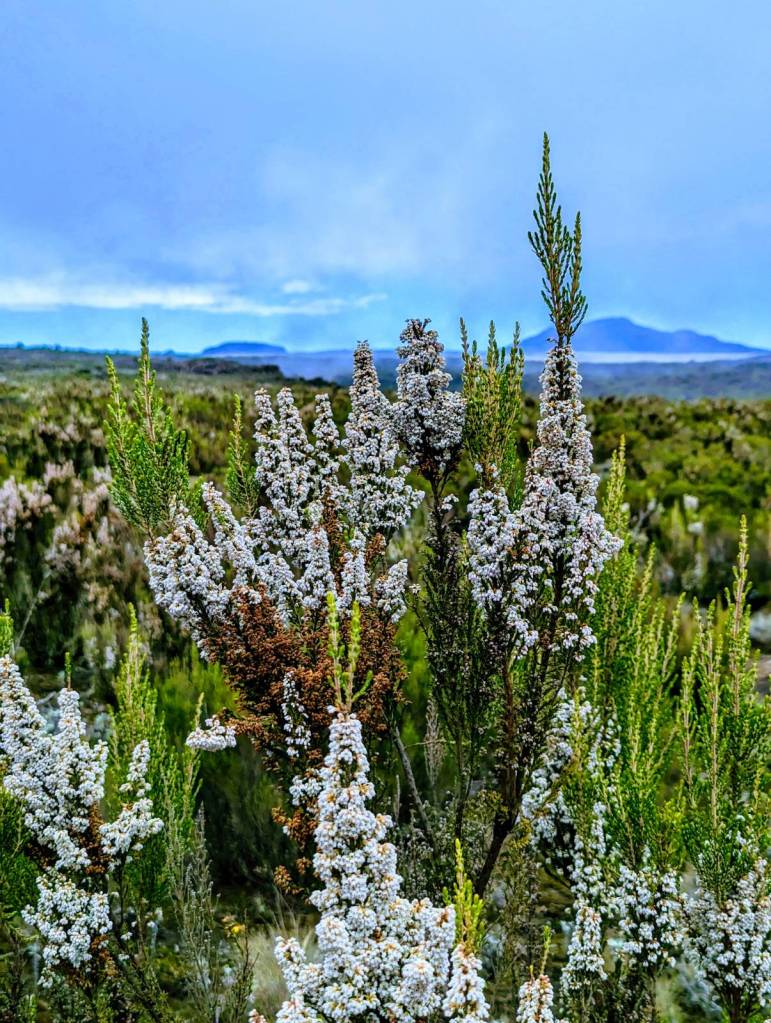
Kenya
I had last visited Kenya in the dying days of Daniel Arap Moi’s presidency. At the time, Kenya had a tired feel about it, its citizens seemingly having given up all hope. Most towns were dirty and decrepit. On this trip, my overwhelming impression is that Kenya has regained its confidence. Despite the current president’s apparent bukopi, I get the sense that Kenya is on a trajectory that will mirror the success of the United Arab Emirates (for better or worse) in the next ten years or so. Kenya’s emirates (its counties), presided over by their emirs (governors) compete vigorously to position themselves in the new Kenya, while also collaborating with each other for the benefit of ordinary Kenyans. The foundations for this regained mojo I am told were laid by former president Mwai Kibaki. Much ridiculed for his preference for whiskey and golf rather than acting ‘presidential’, Kibaki successfully dismantled the worst aspects of a political culture President Moi had fostered. He destroyed the Cult of State House, whereby every decision had to be made by the president, and empowered officials to make and own their decisions. He also gave the judiciary back its independence, which has made Kenya a far less lawless society than the one I remember. Most importantly, he successfully empowered the regions, moving power away from the centre. This meant that regions were free to collect revenue, set their own developmental goals and fund them, without having to wait for distant, bored and thieving bureaucrats at the centre to remember them!
Kisumu
Kisumu, on the shores of Lake Victoria, is the first major Kenyan town I visited after leaving Uganda. The capital of Kisumu County (formerly Nyanza Province), served by an international airport is a gateway to western Kenya. The Luo, dominant nation in this area, take great pride in educating their children. And letting them lead. It may be that Kisumu has the highest concentration of leaders with higher degrees in East Africa! Real ones, not those one buys off internet degree mills. And it shows. My first shock was the size of the city’s fire station. Now this may seem like a small matter to my fellow countrymen, but a fire station tells me that the owners of the city are not your typical mjinga but understand the fundamentals of town management.
My impression of a forward-thinking leadership was reinforced by what Kisumu is doing to its waterfront on Obote Road. Originally occupied by factories and warehouses, it is being re-developed into a major tourist attraction. The factories and warehouses are being moved, at great expense, to a purpose-built industrial estate. The city’s owners clearly understood that factories do not need the beautiful vistas of Lake Victoria, while residents and tourists surely do. And that’s before we even consider the reduction in pollution of the lake! The stories of Kisumu’s renaissance are numerous. I was told for instance of the a complicated surgical procedure performed on its governor at a local hospital. Unthinkable surely in Uganda’s current setting.
Nakuru

Nakuru, like most major towns we passed through in the Rift Valley region of Kenya, is much transformed since I was last in Kenya. One is struck by the level of organisation. The streets are wide and kept clean. No one seems obsessed with cutting down trees as is the case in my own country!
Tourisms is of course big business in the Nakuru area. The three main soda lakes in the area Lake Nakuru, Lake Elmentaita and Lake Naivasha are the nexus of this trade. A number of relatively small national parks, wildlife reserves and conservancies have been created around these lakes to support tourism. The result is countless hotels, tour companies and associated businesses. I visited Lake Elmentaita Wildlife Sanctuary, which at a mere 9 square miles is one of the smaller wildlife reserves. Walking among the flamingos, zebra and buffaloes was quite a treat, and I was happy to be relieved of the roughly UGX 80,000 entry fee. I tried to think of a major town in Uganda with half as many tourism opportunities as Nakuru. Kasese comes close, if only we would put in the effort to deliberately organise it half as well as the Kenyans have Nakuru.
Nairobi
When I was last in Nairobi, the US Embassy there had just been bombed apparently by Al Qaeda. As I said, it was a tired town. The Nairobi of today is completely transformed. It is self-confident in ways I could not have imagined all those years ago. It feels more like the capital city of an empire than that of a mere third world nation.
Nairobi has managed to grow without choking itself. I am told this is because of former President Kibaki’s empowering of the different arms of government: Illegal buildings put up during the Moi era were brought down to enable the city breathe easier. Rules were enforced without fear of the gamba n’ogu syndrome.
Nairobi has also managed to honour and preserve its past even as it develops. If you haven’t yet, a visit to the Nairobi Museum is a must. Just one of several museums in the country, the museum was to me a pleasant surprise. The curators deserve a Tusker Lager or two for such a valiant effort at creating a wonderful teaser trailer to the Kenya story. From the massive collection of stuffed animals and birds of Kenya, to the displays on Early Man, to the pictorial history of Kenyan politics, each part of it is well thought-out.
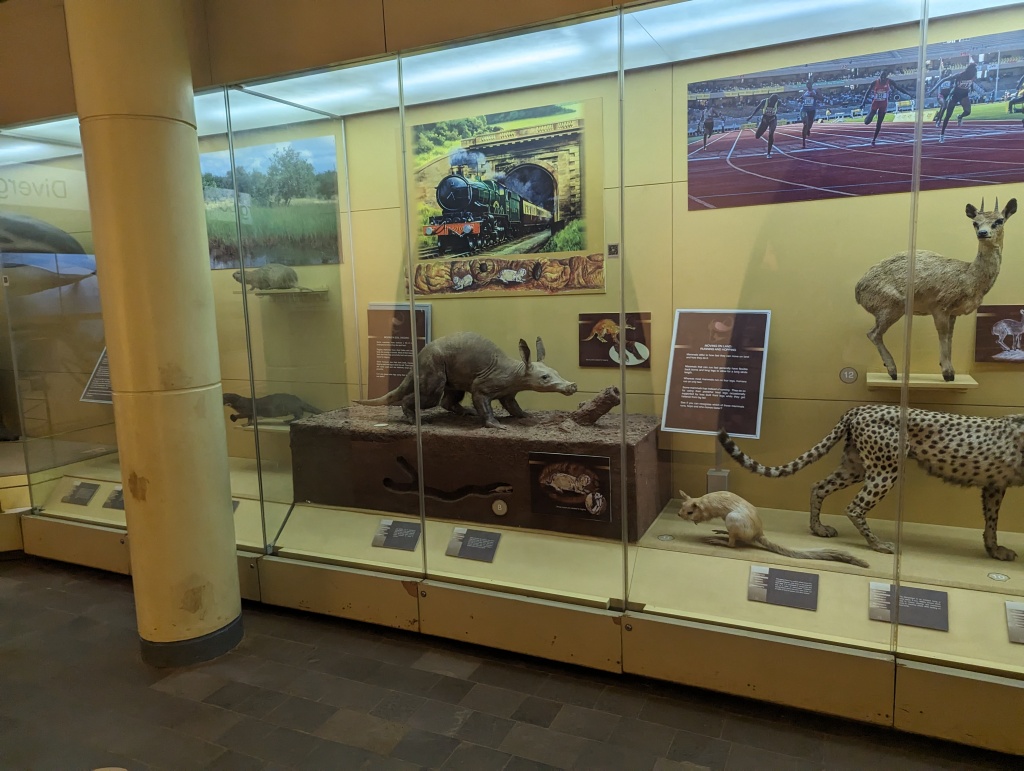
On the road Again
Leaving Nairobi on the road south to Arusha, Tanzania, one passes through Maasai country. One aspect of that drive that leaps out to me are the Maasai cattle one sees along the way.
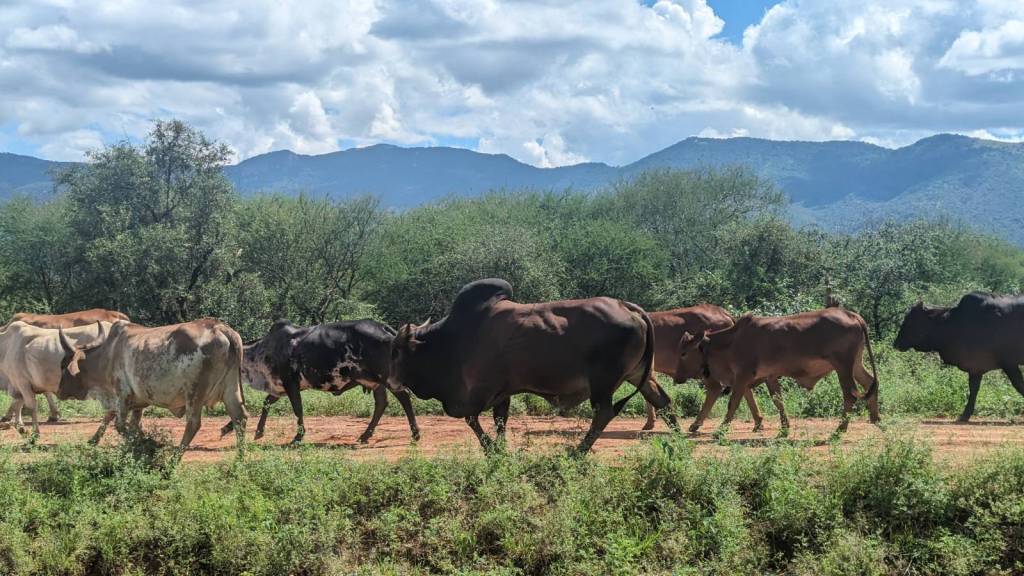
By and large, the cattle are of the Boran breed, popular even in Uganda for their large size and resistance to disease and pests. What struck me most was that even cattle one finds simply roaming along the road (that is not those in well-organised ranches) are in fine form! When I compare the quality of cattle I saw on the road to those paraded on social media by our leaders (ministers, MPs, etc.) in Uganda, I can’t help but reach for this emoji: 🤦🏿. It is telling, I think, that roadside herds in Kenya, owned by illiterate Maasai, are in finer form than those of our ‘educated’ leaders here, kept on well-funded personal ranches. It has of course taken Kenya years and much sweat to transform the traditional Maasai herds. The question surely is why, thus far, we have learnt nothing from our cousins.
tanzania
Tanzania is a vast country, as roadside signs testify.
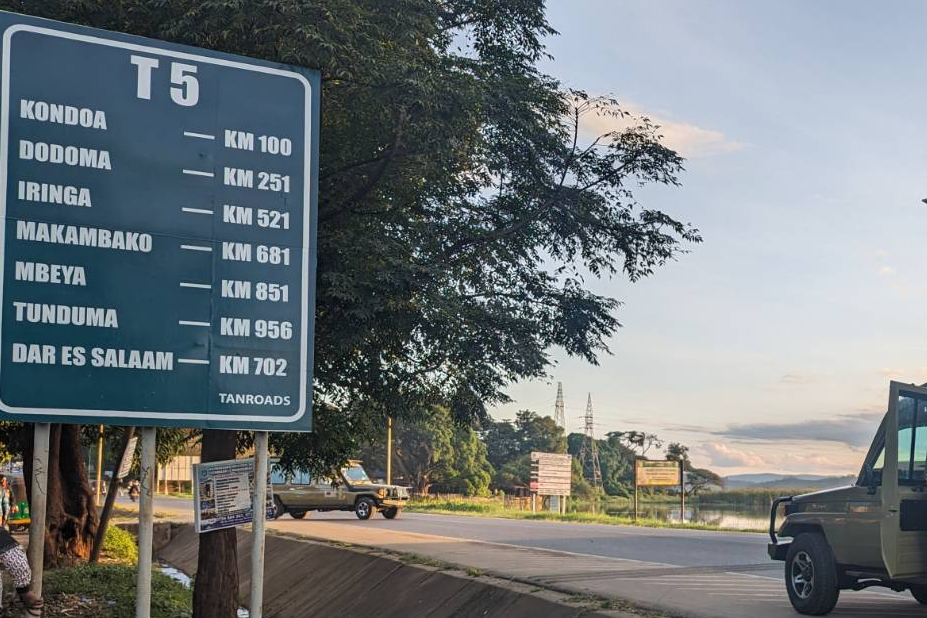
Crossing into Tanzania from Kenya, I was struck by many changes. The first is that Tanzania seems to understand the importance of road reserves to a degree that exceeds all ours. All road reserves are wider than in Uganda or Kenya and universally respected. There are no constructions or kiosks of any kind within the reserves.
The second is that Tanzania is the land of many seemingly minor but clever, well-enforced rules designed to create a more liveable country. A short list:
- A strictly enforced 50-kilometre speed limit in all settlements, large or small. This rule is in place to help improve road safety. I did not once see a vehicle break the speed limit while in Tanzania. The police lay clever speed traps (disguised traffic cops with smartphones), and will stop you in the next town where you must pay the fine or a bribe, the latter being essentially unofficially official. The system works because whether you choose to pay the bribe or the fine, you will soon discover that it is cheaper to stick to the speed limit!
- Zebra crossings are obeyed. No risk of getting run over while using one, as would be the case in Uganda!
- No dead trucks on the highways. The country is so vast, that policing it requires small but important innovations. In this case, a truck breakdown usually invites a fine from the authorities. The logic is simple: You should service your vehicle well before setting off on a long journey. A breakdown usually suggests poor vehicle maintenance, which in turn results in inconveniencing or endangering other road users. By making breakdowns even more expensive, the government incentivises truck operators to maintain their fleets in good working order.
- Zero littering. Again here the use of heavy fines (or bribes) acts as a powerful deterrent. Throwing a used bottle out of a vehicle attracts a fine of up to UGX 100,000! At Mutukula, the Tanzanian side of the town is clean, the Ugandan one littered with plastic bags and bottles, as policemen busy themselves checking transit documents! The contrast is jarring.
- No roadkill. Tanzania is the land of myriad national parks. Knocking an animal attracts a hefty fine.
- Unlike us, they love their trees. In cities and towns, you need permission to trim or cut down a tree, even if it is within your property.
Tanzanians will tell you that they hit the jackpot with their first president Julius Kambarage Nyerere, and I tend to agree. Nyerere had his country at heart and did his best to forge a single national identity out of its more than 120 nations (or tribes, if you prefer the colonial term). He succeeded. When it became clear that he had run out of ideas to take the country forward, Ujaama having run its course, he made the decision to retire and let others give it a go. This move helps explain not only Tanzania’s economic miracle, but also why Tanzania to this day changes presidents with minimum fuss. Nyerere by all accounts I heard left his family relatively poor by our standards. There are no stories of inexplicably wealthy relatives or children, a good sign, surely.
Tanzania is also the land of a vast and well-maintained road network. Locals will tell you this is mostly due to the efforts of former President Magufuli. Before being elected president, Magufuli had a stint as Minister for Works. During his term as minister, Magufuli took to the task of improving Tanzania’s road infrastructure with almost religious zeal. As a result, Tanzania is a pleasant country to drive through.
arusha & moshi
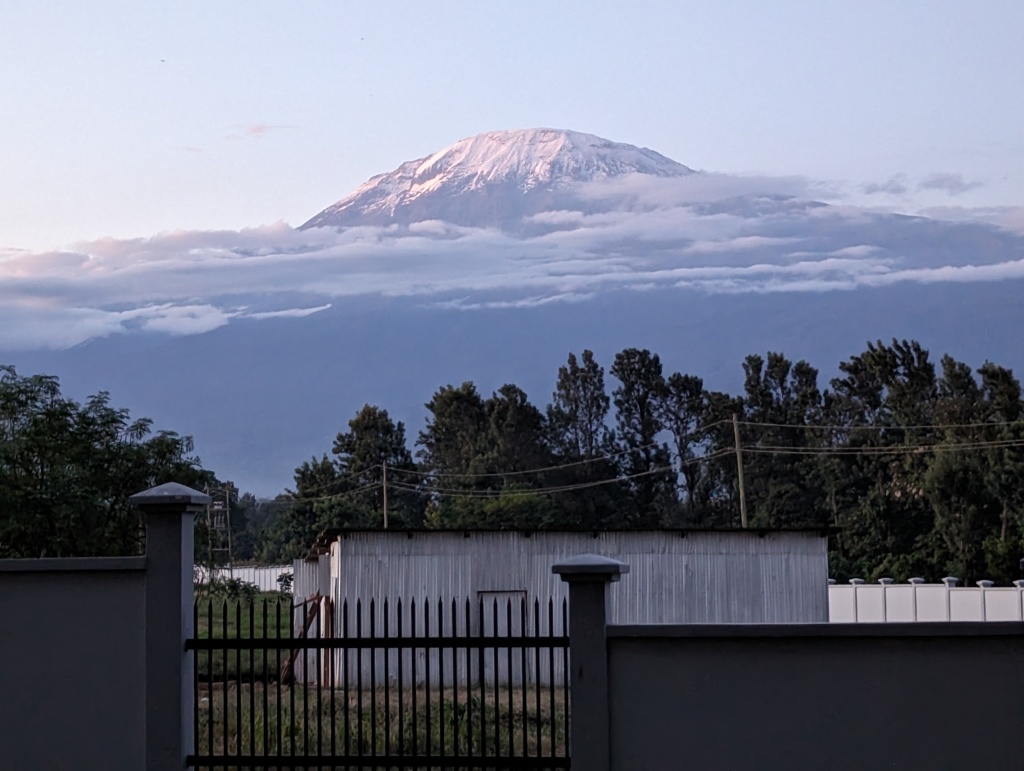
Tanzanian cities and regions are largely self-governing, with little interference from the central government. Moshi and Arusha, gateways to the Serengeti, Kilimanjaro and myriad other attractions, have styled themselves as the tourism hub of Tanzania. Arusha is more modern in feel than Moshi, but the general vibe is similar. Both towns take their position seriously, and do their best to foster a conducive environment. An international airport funnels foreign tourism traffic into the area, before fanning it out by road and air to the different attractions.
In Arusha, I was struck by the abundance of trees. There are tree-lined avenues in Arusha that are non-existent in Uganda to the best of my knowledge.

I was also struck by how clean the rivers flowing through the town are. No trash, no muddy road runoff to be seen anywhere!
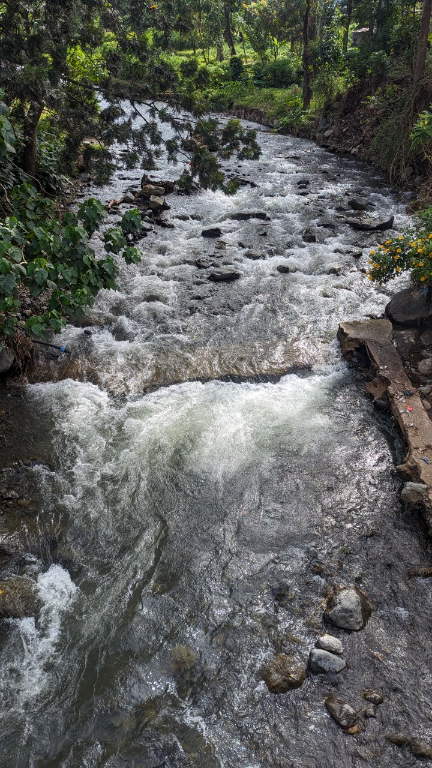
I also visited the shockingly clean and well-maintained Mount Meru Regional Referral Hospital. There is no need for me to draw comparisons with ours here. Suffice it to say that it used to be poorly run, until a new District Commissioner was appointed during the Magufuli era, and decided that he would transform it as a way of creating a legacy for himself.
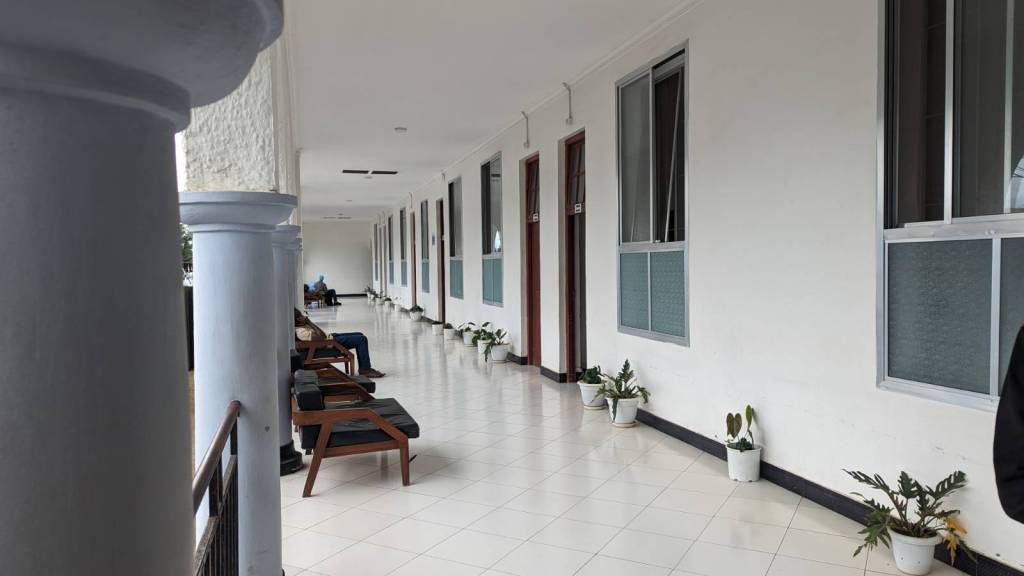
During the days we were in Arusha and Moshi, we visited many interesting places, too many to list. Two stand out. The first is the African Art Gallery, an amazing collection of the works of many African artists. The other is of course Kilimanjaro, where we were able to enjoy a walk in the moorlands high up in the mountain where the air is so thin one feels slightly dizzy after just few minutes. The fact that daytrippers like us could enjoy such an experience is a testament to how seriously our cousins take the tourism business. In Uganda, such an experience is practically impossible; walking at such high altitudes here requires many days and much meticulous planning. By way of example, John Matte Camp in the Rwenzoris, which is at roughly the same elevation as the start of our day hike on Kilimanjaro, is a two-day hike from the last motorable road! The result? Lost tourism revenue, obviously. Our spend on kili day trip included not just the park fees but the vehicle rental fee, packed lunches, local guide fees, and mementos purchased. You get the picture.
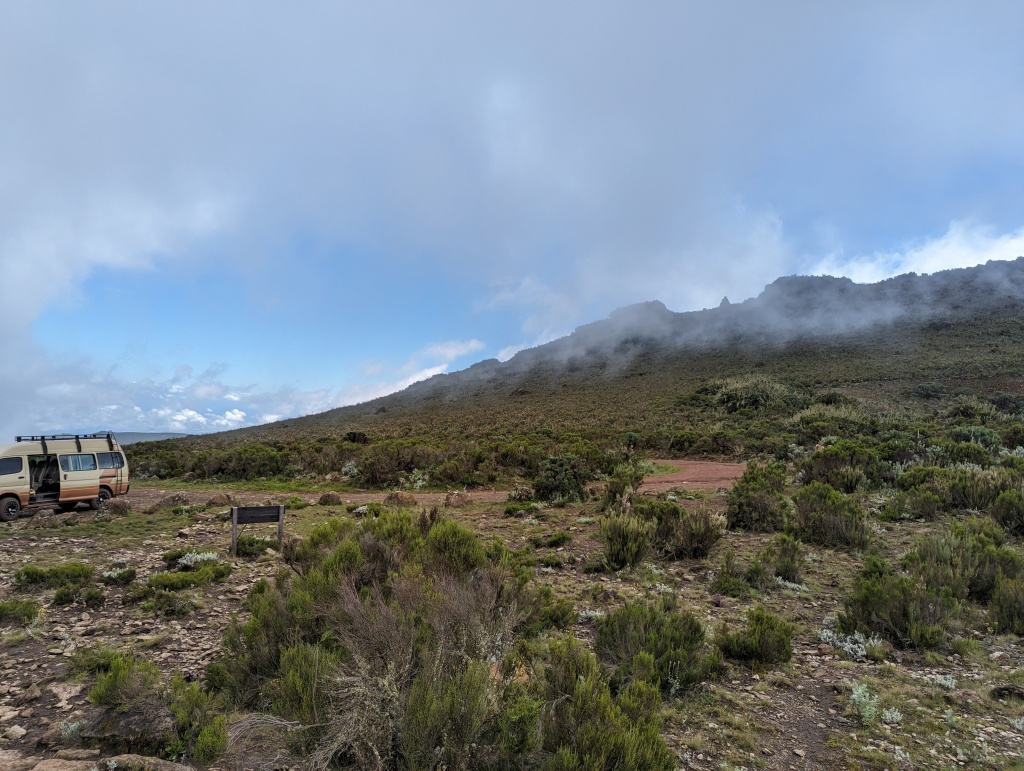
The villages
After Arusha, we toured a few more towns (Babati, Singida, etc.), before returning to Uganda. I would be remiss not to share some final observations on the Tanzanian countryside. A short list:
- No abject poverty. There is no town or village we visited in northern Tanzania, so far from the capital city, where we witnessed the level of abject poverty one sees in much of rural Uganda. In our country, there is an air of dejection, resignation and neglect in upcountry villages. In Tanzania, you do not see this. As an example, all the children we saw walking to school in the smallest villages were wearing shoes! Not plastic sandals, leather shoes! Next time you are in Pallisa, Kotido or Akageti, try and lookout for school-going kids, tell me what you see.
- Ordinary folk coexist with wildlife. It is not unusual to see wildebeest grazing with cattle. I am told that as they get older, wild grazers seek out the protection of human settlements. They know that they will not be harmed, and predators will think twice before attacking them near humans! It seems part of this dynamic is due to the fact that Tanzanians see wildlife as an asset from which they all benefit. That coupled with the tough rules on harming wild animals.
- Even small towns have their main streets well-lit at night. The sense of pride Tanzanians have in their settlements is palpable. Towns are clean and orderly. The less said the better. Certainly, I leave comparisons with our own country to the reader.
stupid
When matters are serious, the ancients tended to resort to sharp language. Politeness, in such cases, was considered misplaced. People needed to be told in the sharpest terms what the problem was. In the New Testament, John the Baptist refers to the Pharisees using the rather colourful term “brood of vipers“. The Son of God himself refers to them as “hypocrites“. One of the most famous letters by St Paul’s, the Epistle to the Galatians, is also the one with the sharpest language.
In our refusal to learn from those we have long considered beneath us, we have laid ourselves bare to the charge of stupidity. I understand that not all of us are like that, but I am convinced that the problem of hating correction is real and pervasive in Uganda. How else might we explain our ignorance of our neighbours doings? How far is Kisumu or Nakuru that we have not gone over to learn a thing or two, to stare at ourselves through the looking glass? How can we explain a Ugandan elite that marvels at the wonders of Dubai and Singapore and knows not that which its cousins have achieved? The observant reader will have noticed that I have deliberately kept the Rwanda example out of this discussion – it is too obvious and well-worn. My sense, having considered these questions, is that we have deliberately looked away, when confronted with the initial evidence of the truth. We don’t want to know or to consider that the stone we rejected may well bring us salvation.
hope
As always I am hopeful. I believe in the divine principle of spreading the gospel, a first step of which is reproof. Anchored in truth. This is then followed by contrition, and a course correction. I hope I have attempted in this essay to provide a first step along this path.
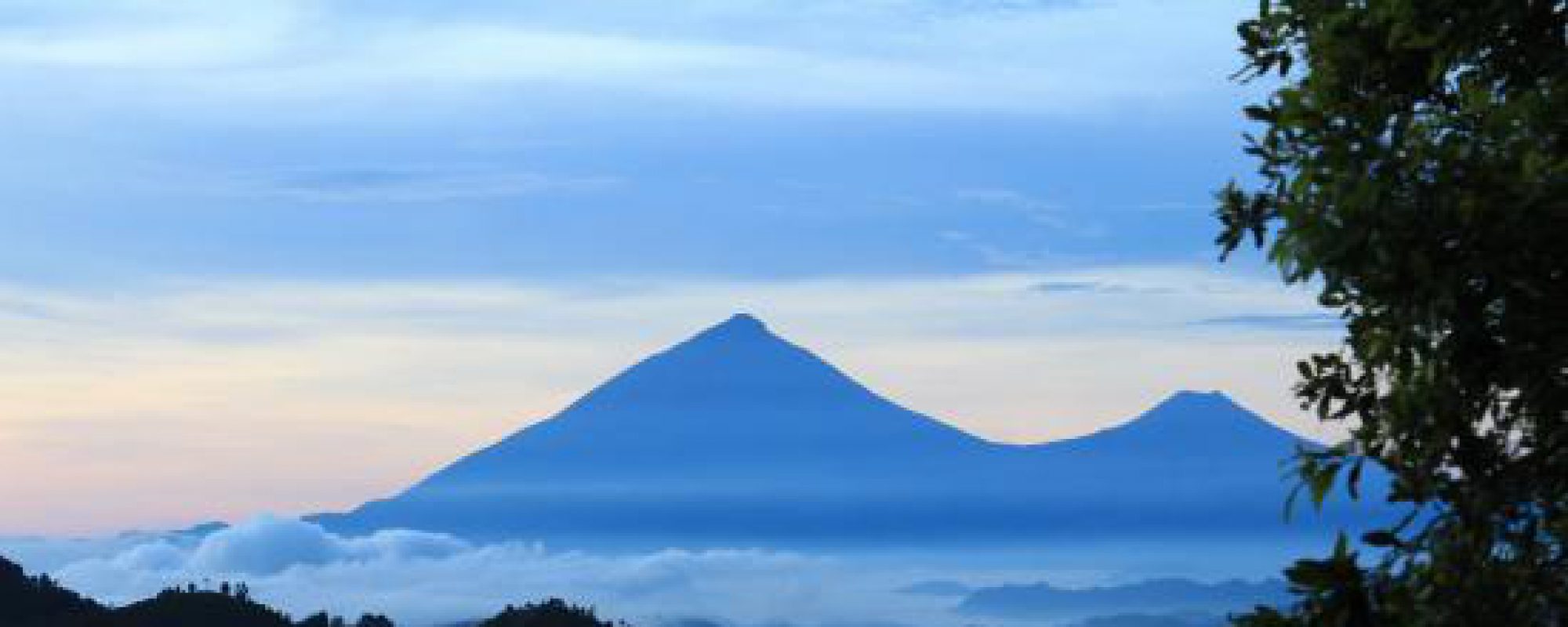
We thought we’d (finally) hit the jackpot (1986) … but see where its gone ..
In addition, we’re people pleasers .. we don’t like to offend ..
LikeLike